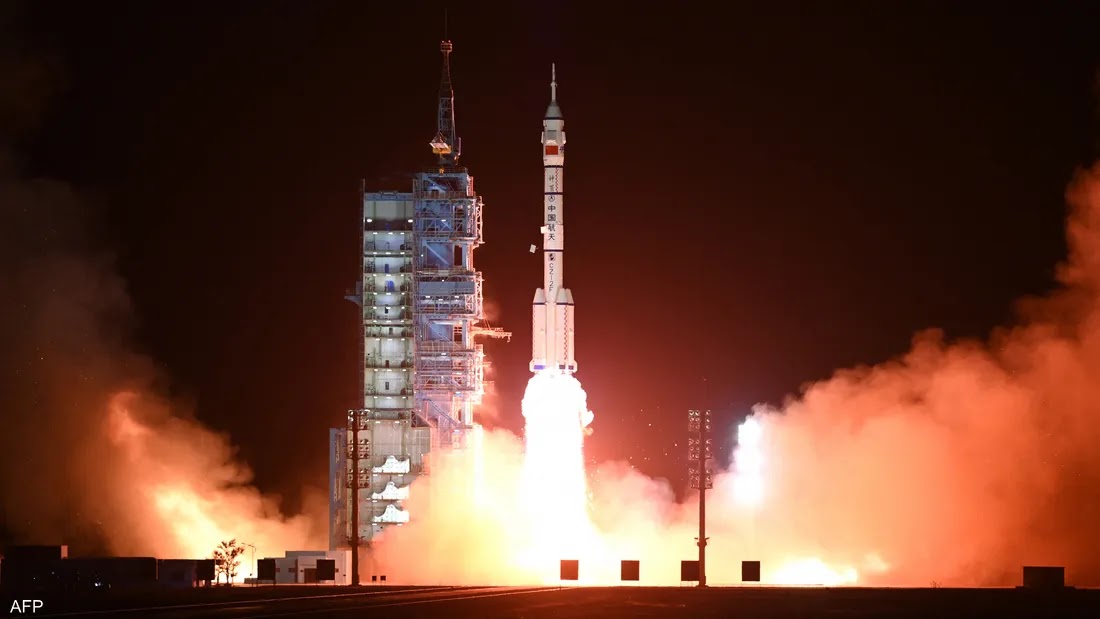In the first rotation between two crews in orbit in the history of Chinese space, 3 astronauts arrived, Wednesday, at the Chinese space station, to start operating the second inhabited site in Earth orbit, after the International Space Station led by the US Aeronautics and Space Administration "NASA".
The "Shenzhou-15" spacecraft carrying 3 Chinese astronauts, aboard a "Long March-2F" rocket, took off from the Jiuquan Satellite Launch Center at 11:08 pm (1508 GMT), Tuesday, in the northern Gobi desert. Western China, according to state television.
Shenzhou-15 is the last of 11 missions, including 3 previous manned missions, that were needed to assemble the "Heavenly Palace," as the multi-module station is known in Chinese. The first mission was launched in April 2021. The spacecraft docked with the station more than 6 hours after launch, and the three astronauts aboard Shenzhou-15 were greeted with a warm hug by the former Shenzhou crew from whom they will take over, Reuters reported.
The Shenzhou-14 crew, which arrived in early June, will return to Earth after a week-long delivery, which will confirm the station's temporary capacity for 6 astronauts, another record for China's space program. The Shenzhou-15 mission provided the country with a rare moment of celebration at a time of widespread discontent over China's "zero COVID" policies and its economy slumping amid uncertainty at home and abroad.
The "Heavenly Palace" is the culmination of nearly two decades of Chinese manned space missions. China's manned spaceflight began in 2003, when the former fighter pilot, Yang Liwei, was sent into orbit in a small capsule, Shenzhou-5, and became the first Chinese in space.
The space station is also a symbol of China's growing influence and confidence in its space efforts, and a challenge to the United States in this field, after it was prevented from participating in the International Space Station led by NASA, and US law prohibited any direct or indirect cooperation of the US agency with it. The astronauts will live and work on the space base for 6 months.
During the operation of the space station over the next decade, China is expected to launch two manned missions to the orbital site each year. Resident astronauts are expected to conduct more than 1,000 science experiments, such as studying how plants adapt in space and how liquids behave in microgravity.








0 Comments